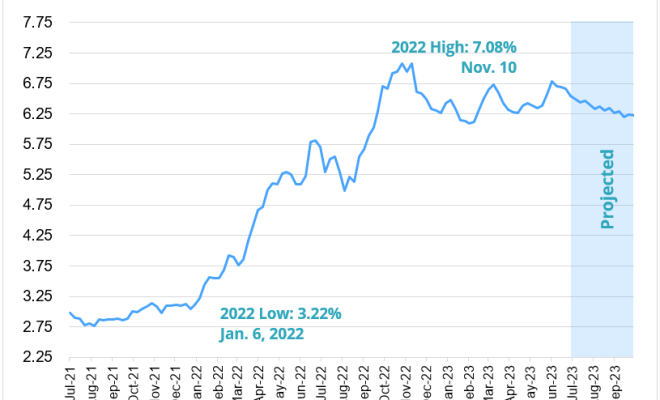Heavy Duty Floor Mats: Everything You Need to Know

Introduction:
Heavy duty floor mats are essential for various applications, from commercial spaces to industrial settings and even residential use. They offer a range of benefits, including increased safety, comfort, and protection for your flooring. This article will discuss everything you need to know about heavy duty floor mats, including types, materials, selecting the right mat for your needs, and maintenance tips.
Types of Heavy Duty Floor Mats:
There are several types of heavy duty floor mats, each suited for different purposes. Some popular types include:
1. Entrance Mats: These mats are specifically designed to remove dirt, debris, and moisture from shoes at entry points in commercial or industrial premises. They help keep your indoor floors clean and slip-free.
2. Anti-Fatigue Mats: These mats offer cushioning and support to alleviate worker fatigue in workspaces where employees stand for extended periods, such as restaurants or assembly lines.
3. Oil-Resistant Mats: Designed to resist the absorption of oils and grease, these mats are ideal for garages or mechanical workshops.
4. Rubber Floor Matting: This high-traction option is perfect for areas where spills and slippery conditions may be a concern.
Materials Used in Heavy Duty Floor Mats:
Several materials are used in the production of heavy-duty floor mats:
1. Rubber: An excellent material for heavy-duty applications because it is durable, resilient, slip-resistant, and easy to clean.
2. Vinyl: While not as tough as rubber, vinyl offers decent durability but is easier on the budget than rubber.
3. Carpet: These mats provide a softer surface than rubber or vinyl but may not be appropriate in wet environments.
4. Foam or Gel: Often used in anti-fatigue mats to provide maximum comfort for those standing on them for extended periods.
Selecting the Right Mat for Your Needs:
When choosing a heavy-duty floor mat, there are several factors to consider, such as:
1. Location: Is your space exposed to wet or dry elements? Mats with different materials perform better in certain conditions.
2. Traffic Volume: High traffic areas require mats that can withstand the wear and tear of constant use.
3. Purpose: Are you looking for a mat to provide comfort and reduce fatigue, or a mat to catch dirt and debris at entrances?
4. Size and Aesthetics: Make sure the mat fits well in the space you plan to use and matches your interior design.
Maintenance Tips:
To keep your heavy-duty floor mats in optimal condition, follow these simple steps:
1. Regular Cleaning: Vacuum or sweep debris off the mats daily and clean them with water and mild detergent when needed.
2. Rotation: Rotate your mats periodically to distribute wear evenly across the surface.
3. Inspecting: Check regularly for damage, excessive wear, or degrading edges as they may pose a trip hazard.
Conclusion:
Heavy duty floor mats are a valuable investment for keeping your space clean, safe, and comfortable for employees and visitors alike. By considering factors such as location, traffic volume, desired purpose, and material options, you can find the perfect heavy-duty floor mat for your needs. Don’t forget to maintain your mats regularly for optimal performance and longevity.






